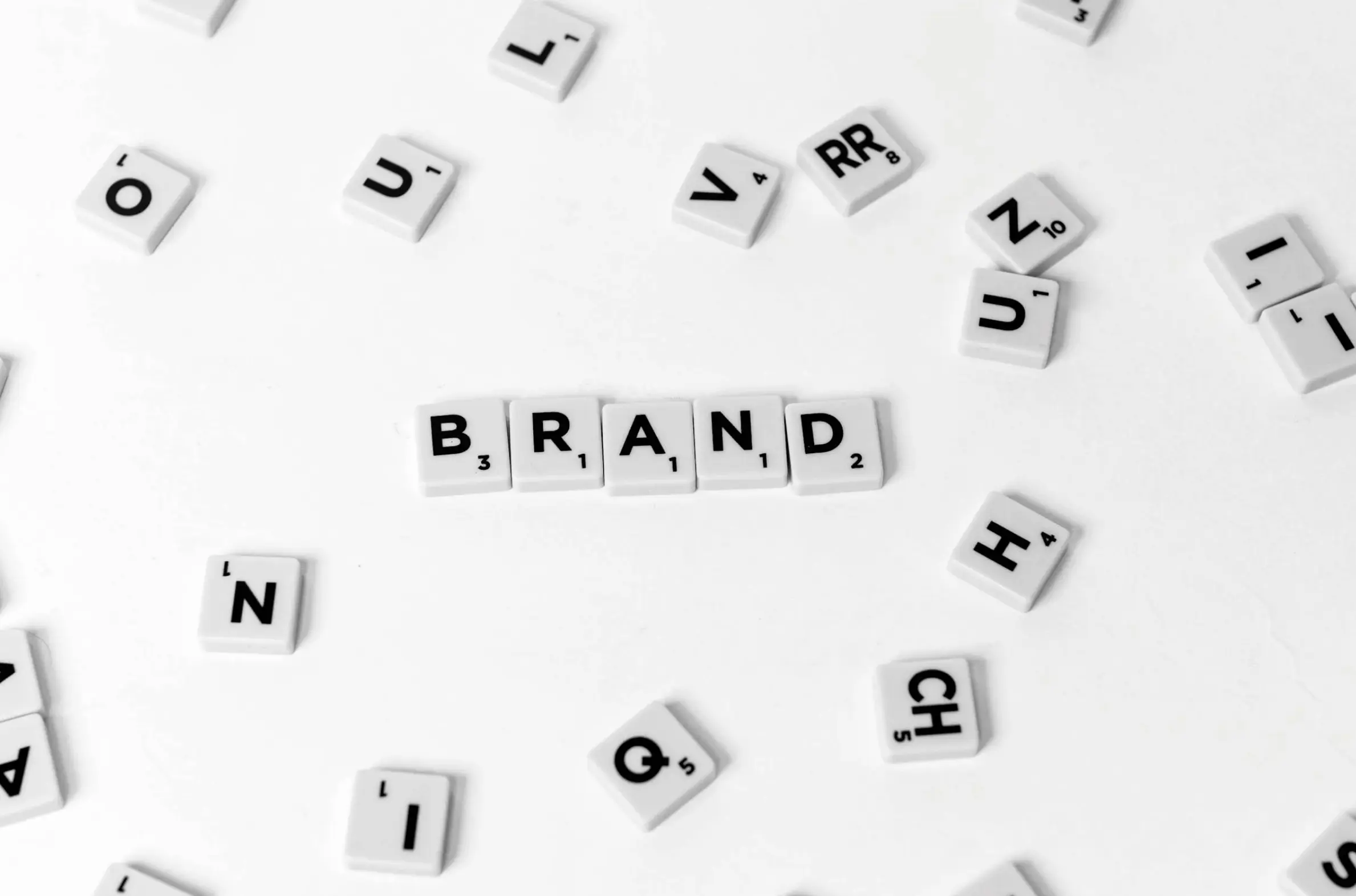The Power of Humour as a Marketing Strategy: Pros and Cons (+10 Examples)
Updated on
Published on

Humour is not just about laughter; it's a powerful mechanism for transforming brands into relatable, memorable creations. By infusing marketing with humour, brands take on a humanized persona, fostering emotional connections that extend beyond the transactional nature of consumerism. Humour has proven to be a formidable tool in marketing, transcending its role as a mere source of entertainment to become a strategic element in building emotional connections between brands and consumers.
In this article, we will explore the use of humour in advertising and its impact, ranging from the global dynamics of humour styles to its profound influence on consumer preferences, emotional connections, recall, and brand loyalty. The hallmark of successful humour in marketing lies in its ability to make a brand memorable, noticed, recognized, and ultimately purchased. When consumers find an ad enjoyable and shareable, it not only enhances brand visibility but also initiates a ripple effect, reaching a broader audience through word-of-mouth.

Targeting Humour Properly
Interestingly, humour has a universal appeal, with few variations based on gender or age around the world. This opens the door for marketers to leverage humour as a cross-generational and cross-cultural communication tool. Recognizing the nuanced art of humour, brands are increasingly turning to professional comedians to craft their humorous campaigns. These experts bring a keen understanding of what resonates across diverse audiences, ensuring the broadest possible reach.
Visual, slapstick, wordplay, and dark humour are among the varied styles that can be used, each with its own unique ability to engage and resonate with a specific target audience. While TikTok's humour is fast-moving and satirical, Facebook and Instagram's approach is more personal, contributing to emotional connections. Humour is not a one-size-fits-all concept, so brands must be aware of the following evolving styles to ensure humour content remains relevant:
Consumer Preferences: Humour plays a pivotal role in brand memorability and likability. When humour is seamlessly integrated into marketing, it becomes a powerful tool for creating positive associations and enhancing overall brand perception. 55% of executives said humour gets attention better than no humour, and 72% said it attracts buyers to new products
Attention-Grabbing: Humorous advertisements have an inherent ability to capture attention effectively. By setting a memorable tone for brand messages, they initiate a positive interaction with the audience. People are naturally drawn to content that makes them laugh or smile. Humour, as an attention-grabbing mechanism, serves as a catalyst for further consumer engagement. Humorous advertisements frequently leave a lasting impression on viewers that lasts long after the initial exposure. This memorability contributes to the enduring success of humour-infused campaigns.
Relatability: Relatable humour resonates well with audiences. Brands that tap into universal experiences and common situations create a sense of connection that goes far beyond the traditional consumer-brand relationship. Humour makes a brand more approachable. When consumers find aspects of their own lives reflected in humorous content, the brand becomes not just a product or service but a companion on their journey.
Cannes Lions' New Humour Category and B2B Embracing Humour

Cannes Lions, a renowned platform for recognizing creative excellence in advertising, has recognized the growing demand for humour by introducing a new category dedicated to it in its 2024 awards. This decision demonstrates an increasing understanding of the crucial role that humour plays in establishing connections that elicit laughter from audiences. Consumer preferences are changing, and brands are adapting their methods of connecting with their audience. The inclusion of the new humour category at Cannes Lions shows the industry's recognition of this change, representing a shift away from conventional marketing methods and reflecting the growing demand for content that not only educates but also entertains. The film category at Cannes Lions 2023 saw a significant increase in ads that aimed to be humorous, signalling a shift away from the traditional serious tone. The data shows a 43% increase compared to the previous year, highlighting a notable change in the types of ads that appeal to audiences. This surge demonstrates an increasing recognition of the effectiveness of humour in crafting advertisements that leave a lasting impression. This shift indicates that consumers are not only receptive but can also appreciate content that incorporates humour, indicating a future where laughter plays a crucial role in effective marketing.
The trend of embracing humour in marketing extends beyond consumer-focused campaigns, making significant inroads into the realm of B2B marketing. A notable example is Workday's 'Rock Star' campaign, recognized for its clever use of humour. This departure from conventional B2B seriousness indicates a broader influence on key buyers, with a more playful and engaging approach taking centre stage. Empowered end-users now play a more vocal role in decision-making within the B2B landscape. This shift has prompted B2B marketers to rethink their strategies, targeting a wider cohort of people. The broader appeal of humorous campaigns allows B2B brands to connect with a wider audience, influencing not only key decision-makers but also end-users, who play an active role in shaping purchasing choices.
Pros and Cons of Using Humour in Marketing

Pros of Using Humour in Marketing
- Attention-Grabbing: Humorous campaigns effectively capture consumers' attention. The element of surprise and delight makes the content stand out in a crowded marketing space.
- Viral Potential: Humour has the innate ability to go viral. People love to share content that makes them laugh, exponentially increasing the reach of a campaign.
- Increased Relatability: Funny brands are perceived as more relatable. Humour taps into universal experiences, making the brand approachable and fostering a connection with the audience.
- Better Recall: The link between humour and higher recall is well-established. People are more likely to remember content that made them laugh, contributing to better brand recall.
Cons of Using Humour in Marketing
- Risk of Alienation: Inauthentic attempts at humour can be perceived negatively. Cracking jokes solely for attention, without genuine wit, risks alienating the audience.
- Perceived Immaturity: Certain industries require a serious or clinical approach, and humour might communicate immaturity. Marketers must gauge industry appropriateness to avoid potential backlash.
- Potential Offensiveness: Humour is subjective, and what one audience finds funny, another may find offensive. Care must be taken to avoid inadvertently alienating or upsetting the target audience.
- Industry Appropriateness: Certain industries, such as healthcare dealing with life-and-death situations, may not be suitable for humour. In these cases, humour could compromise the professionalism of the brand.
While humour has the potential to captivate audiences, its success hinges on its relevance and appropriateness. Marketers must carefully consider their target audience and the media context to ensure that humour resonates rather than alienates. Humour serves as a bridge for building emotional connections. However, it must be seamlessly integrated into the narrative to enhance brand recall. Establishing a genuine link between humour and the brand is crucial for ensuring lasting memorability. The integration of humour should not distract from the primary communication objectives. Aligning humour with brand messages requires a delicate balance to ensure that the humour complements the overarching theme of the marketing campaign. In an era where purpose-driven advertising has dominated, there is a need for marketers to challenge assumptions about when and where humour is appropriate. While not a one-size-fits-all solution, thoughtful consideration of humour's potential benefits is essential for navigating its complexities. Humour may not always be the right fit for every brand or industry. Recognizing its varied potential and understanding the nuances of when and how to use humour requires marketers to approach its implementation with strategic forethought.
Fine-Tuning the Humorous Approach
Studies indicate that the effectiveness of humour in marketing varies by industry. Not all products or services may be compatible with humour, necessitating careful consideration of its appropriateness. The type of humour used can impact consumers attention differently. Relatable humour, grounded in the audience's experiences, tends to have a strong effect on consumer attention, while incongruity-based humour relies on paradoxical statements. While humour can enhance brand awareness, its misuse can lead to brand damage. Marketers need to ensure that humour aligns with the advertised product or theme to avoid unintended negative consequences. Timing and appropriateness are crucial when using humour. Well-executed humour can influence people's moods positively and help brands stand out from competitors. Humour has the potential to enhance the virality of marketing campaigns on social media. By making content funny, brands increase the likelihood of audience engagement and sharing.
Examples of Humour in Advertising: The Good and the Bad...
- TikTok Logo Girl: TikTok designer Emily Zugay uses deadpan satire in her TikTok posts to mock and critique iconic brand logos, garnering overwhelmingly positive reactions. Notable brands like TikTok and McDonald's have even adopted some of her lo-fi redesigns, providing a humorous break from the usual negativity surrounding logo changes.
- Burger King's 'Whopper Neutrality': The ad effectively used humour to communicate a complex issue. Burger King's humorous take on explaining internet neutrality using Whopper burgers showcased the brand's ability to educate with a playful and tongue-in-cheek approach.
- KFC 'FCK': The fast food chain demonstrated astute and humorous crisis management with its 'FCK' apology ad, which answered a nationwide chicken shortage. KFC effectively diffused tension by embracing humour and turning a PR disaster into a viral success.

- IKEA 'This Ad Can Change Your Life as You Know It': Ikea's innovative use of humour in a print ad, incorporating a hidden pregnancy strip for a discount on cribs, showcased the brand's ability to blend creativity with humour. The campaign engaged audiences in a unique way, emphasizing the brand's playful spirit.
- Spotify ‘Wrapped': Spotify's out-of-home billboard campaign, 'Wrapped,' humorously unveiled users' quirky listening habits. By turning data into amusing anecdotes, Spotify not only showcased user engagement but also made the brand more relatable through humour.
- Metro Trains Melbourne: 'Dumb Ways to Die': An exemplary safety campaign that effectively used humour to convey a critical message, resulting in a viral hit. The campaign conveyed a crucial safety message in an engaging way, thanks to its catchy song and positive vibe.
Humour has undeniably emerged as the key component in crafting marketing strategies that not only captivate but also leave an indelible mark on consumers. The resurgence of humour in advertising, as evidenced by the introduction of a dedicated humour category at Cannes Lions and the notable shift in B2B marketing strategies, underscores its growing significance. The evolving trends and industry recognition emphasize the need for marketers to reassess their approaches, acknowledging the potent impact of laughter on brand resonance. However, the delicate equilibrium between humour and appropriateness remains paramount for the success of such endeavours. Marketers are encouraged to explore the vast potential benefits of humour, recognizing its capacity to create emotional connections and enhance brand recall while simultaneously navigating the nuanced landscape of context and industry norms. As the advertising landscape continues to transform, those who master the art of humour with strategic finesse are poised not only to capture attention but also to forge enduring connections with their audiences in the dynamic and ever-evolving world of marketing.







